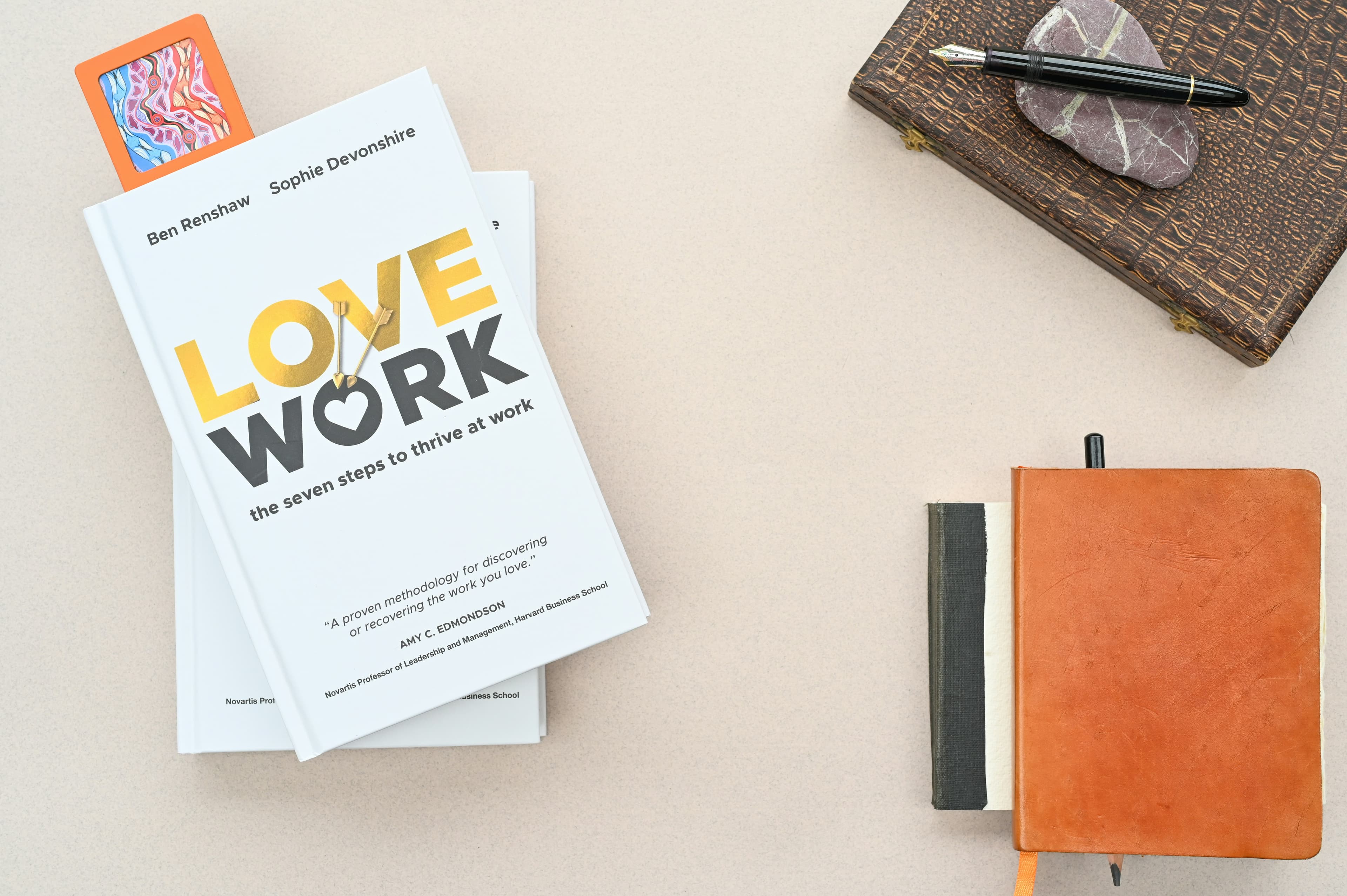How to Turn One Sale Into a Year of Predictable Income

An early mentor of mine used to say, “You can shear a sheep for a lifetime, but you can only skin it once.” This idea has been the foundation of nearly every business I’ve built, from fitness and software to what I do now.
I’m a huge fan of what’s known as “continuity,” a model where customers make ongoing payments for ongoing value until they decide to cancel. When you get this right, you end up with more customers and make more money from each of them. It’s the engine behind many .
Think about it this way. Imagine you sell a $1,000 product. You pitch it to 100 people, and 10 of them buy. You’ve just made $10,000. Not bad.
Now, let's change the offer. Instead of a $1,000 one-time fee, you offer it for $50 a month. At that lower price point, maybe you convince 40 of those 100 people to sign up. If they stick around for an average of twenty months, you still make $1,000 per customer. But your total revenue just jumped from $10,000 to $40,000. Plus, you now have 40 customers you can upsell later, not just 10. That's a massive difference for any .
Here’s the catch: continuity models generate less cash upfront. That can be tough when you’re and need money to reinvest. My solution is to save continuity offers for the end of the sales process. I lead with higher-priced offers to get cash today, then introduce continuity to secure cash for tomorrow. This approach gives you the best of both worlds.
Let’s explore three powerful ways to structure these offers.
1. The Bonus Offer: Give Them Something They Can’t Refuse
Back in 2019, I was teaching gym owners how to use six-week challenges to get new clients. It worked, but converting those clients into long-term members was a challenge in itself. Then I noticed one gym, a former underperformer, posting incredible numbers.
I had to find out why.
“Your numbers are insane,” I told the owner. “How are you converting so many people?”
“I’m not really doing the six-week challenge,” he admitted. “I market it, but when people come in, I offer them something else. I explain the challenge, and as soon as they’re interested, I ask if they’d rather get it for free.”
He explained that if they signed up for a full membership on the spot, he’d throw in the six-week challenge for free, plus a bunch of member-exclusive bonuses like better class times and access to the tanning booth. It converted like crazy. He went from converting 17 out of 100 people into members to converting 40 straight into continuity. He tripled his membership sales while still getting upfront cash from the few who chose the original challenge.
You give a customer a high-value bonus for signing up for your recurring plan today. The key is that the bonus should feel more valuable than the first payment.
- Instead of saying “Join my membership,” lead with “Get this amazing thing for free.”
- Don’t offer a free t-shirt to sell tech services. The bonus should complement your core offer.
- Offer things that are high-value but low-cost for you to deliver, like past digital products or an onboarding session you’d have to do anyway.
2. The Discount Offer: A Free Year of Trash Service
When I first moved into my neighborhood in Austin, I met a neighbor who had built a small empire in a very unexpected industry: trash collection. He told me he got his start by going to large apartment complexes with a wild proposition.
“I went to all the big apartments and said I’d do their trash for a whole year free if they contracted me for the next five years paid,” he explained. “It was the toughest thing I ever did. Everyone called me crazy. But after that first year, the cash came floodin’ in.”
He built a hugely successful business and eventually sold it for a fortune, all based on that one simple discount offer. It's a classic strategy that works in any , from landscaping to digital marketing.
You offer a period of service for free in exchange for a longer-term commitment. But how you structure it matters.
- The free period starts immediately. This gets lots of sign-ups but delays your cash flow.
- The customer “earns” their free time by completing the paid term. This results in more committed customers.
- If you’re giving three months free on a 12-month deal, you can spread that discount out, reducing their monthly payment over the entire year.
- Bill every four weeks instead of monthly. There are 13 four-week cycles in a year, not 12. This simple change can increase your annual revenue by over 8% without you doing any extra work. This is how a becomes great.
3. The Waived Fee Offer: Make Committing the Smart Choice
I once met a high-ticket sales legend who had a refreshingly simple take on business. “I’d rather make a few million bucks a year with zero employees than build some gigantic business,” he told me.
His secret? A brilliantly structured offer.
“I tell customers they have two options,” he said. “You can go month-to-month with a big setup fee, or if you commit to a year, I’ll waive the fee entirely.”
He made the fee huge—around five times the monthly rate. This created a powerful incentive for people to commit to the annual plan to avoid the large upfront cost. If they wanted to cancel their commitment early, they simply had to pay the fee he initially waived. It's a perfect structure for a looking for stability.
You establish a significant startup fee for a month-to-month plan and then offer to waive it for customers who agree to a longer contract. This works because people hate fees.
- If you make the fee 3-5x the monthly rate, most people will choose the long-term plan.
- More people will opt to pay it and go month-to-month.
- Explain that it covers your costs to onboard a new client. If they commit to being a long-term partner, you’re happy to cover those costs for them.
Putting It All Together
The only thing better than making a sale is making a sale that pays you over and over again. By strategically using continuity offers with bonuses, discounts, or waived fees, you can build a predictable, recurring revenue stream.
Remember the strategy: lead with offers that generate cash now, and follow up with continuity offers to build your financial future. This balanced approach is what allows a to not just survive, but thrive, and eventually grow into a and beyond.








